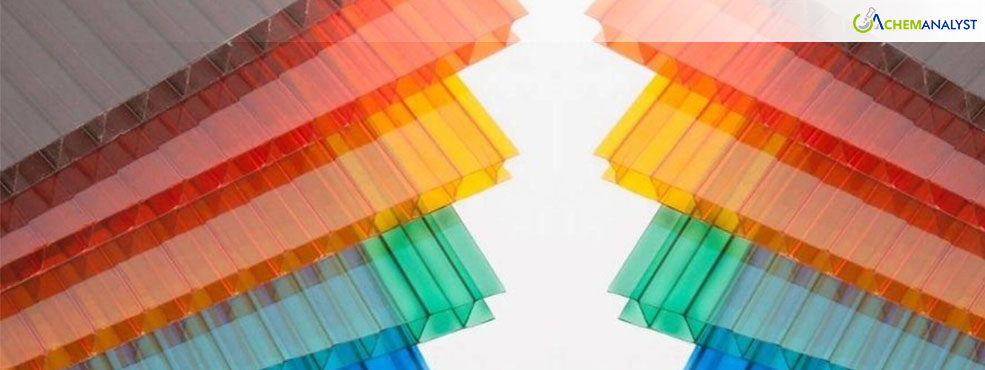Asian Polycarbonate Market Stabilizes Amid Supply-Demand Challenges
- 31-Dec-2024 5:30 PM
- Journalist: Peter Schmidt
With the end of the year, the Asian polycarbonate (PC) market has experienced fluctuations recently then stabilized, with prices influenced by a combination of supply, demand, and raw material factors. Despite some upward momentum, challenges persist that could hinder sustained price stability in the near term.
The overall operating rate of PC production facilities in China has seen a marginal decline in December 2024. However, the average weekly production remains robust, reflecting an abundant supply in the market. High inventory levels continue to exert pressure on pricing, compelling manufacturers to adopt a cautious stance in their pricing strategies. While the auction market has shown slight improvements, the broader mismatch between supply and demand remains unresolved. This surplus in supply, along with subdued demand, underscores the challenges faced by producers despite supportive conditions in the supply chain.
On the raw material front, bisphenol A, a key feedstock for PC production, has shown notable resilience. Following a sharp decline, its prices have stabilized and even begun to rise, driven by delays in new production capacity and ongoing maintenance activities at certain facilities. Limited spot availability, exacerbated by delayed port arrivals and low inventory levels of phenol, has tightened raw material supply in the PC market. This has provided cost support for PC producers, strengthening their pricing power to some extent. Additionally, stable operations in downstream industries, such as epoxy resins, have further bolstered market sentiment for bisphenol A, adding to the overall firmness in the PC cost structure.
The demand side remains a critical weak point for the PC market. Despite the seasonal uptick in activity as year-end approaches, the broader consumption pattern has shown little improvement. Rigid PC demand remains lackluster, with buyers exercising caution amid high price points. Downstream manufacturers are focused on maintaining production rather than ramping up operations, limiting any substantial uplift in purchasing activity. Nevertheless, certain sectors, such as household appliances, have seen a boost due to national subsidy policies. PC export demand has also picked up as companies expedite orders in anticipation of potential market constraints. These pockets of improved demand have provided some support, but the overall impact remains insufficient to significantly shift PC market trends.
While rising raw material costs have lent strong support to PC pricing, the underlying imbalance between supply and demand continues to weigh on the market. High inventory levels and cautious buyer behavior present significant barriers to sustained price increases. Looking ahead, potential maintenance shutdowns by some producers could tighten supply slightly, offering some relief. However, the long-standing supply-demand mismatch is unlikely to be resolved quickly. Industry participants are advised to monitor cost-side trends closely, as raw material price movements will play a pivotal role in shaping the market’s trajectory.
In conclusion, the Asian PC market remains in a delicate balance, with cost pressures and demand-side constraints creating a complex environment. While short-term gains are possible, structural challenges may temper any significant upward momentum in the near term.



